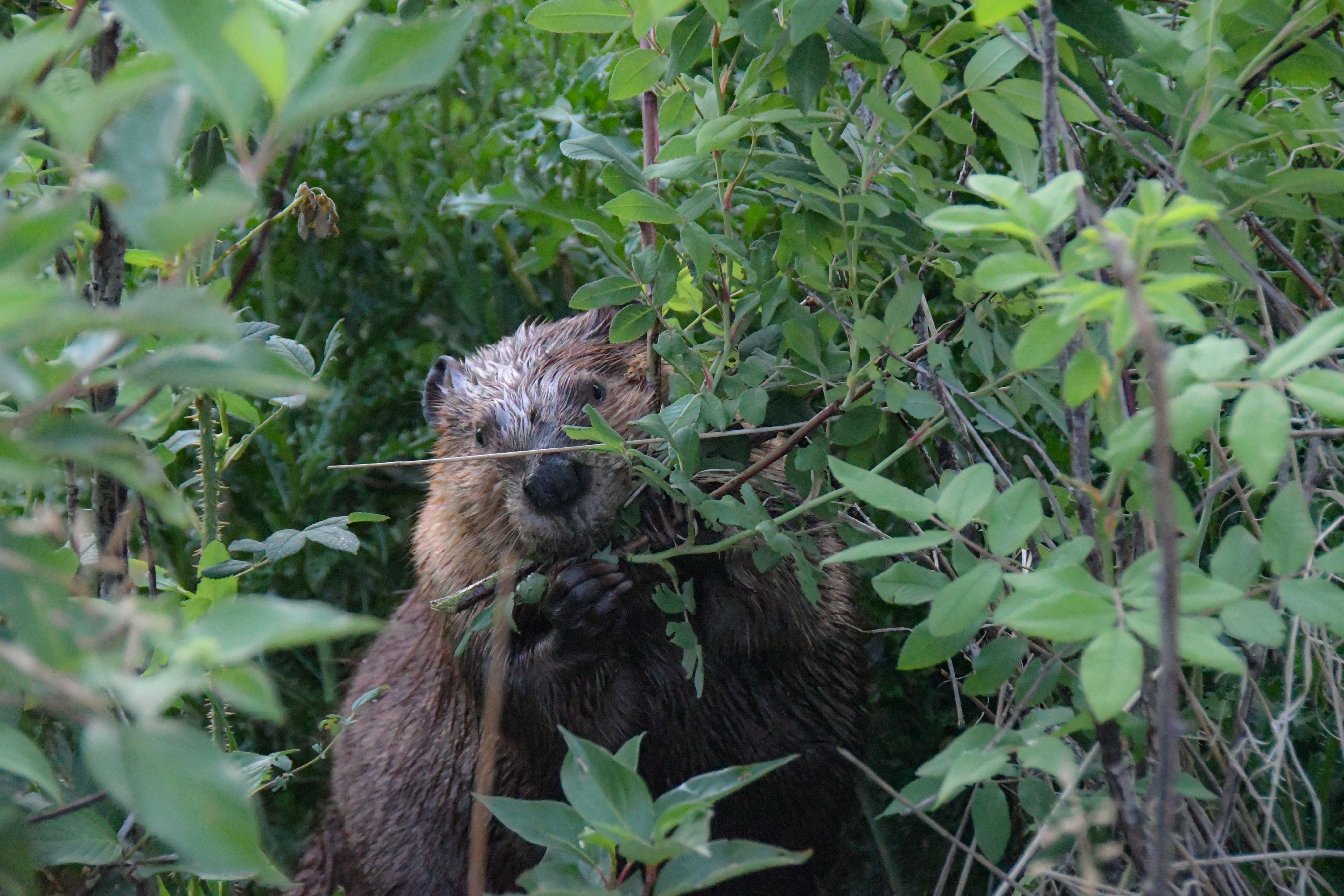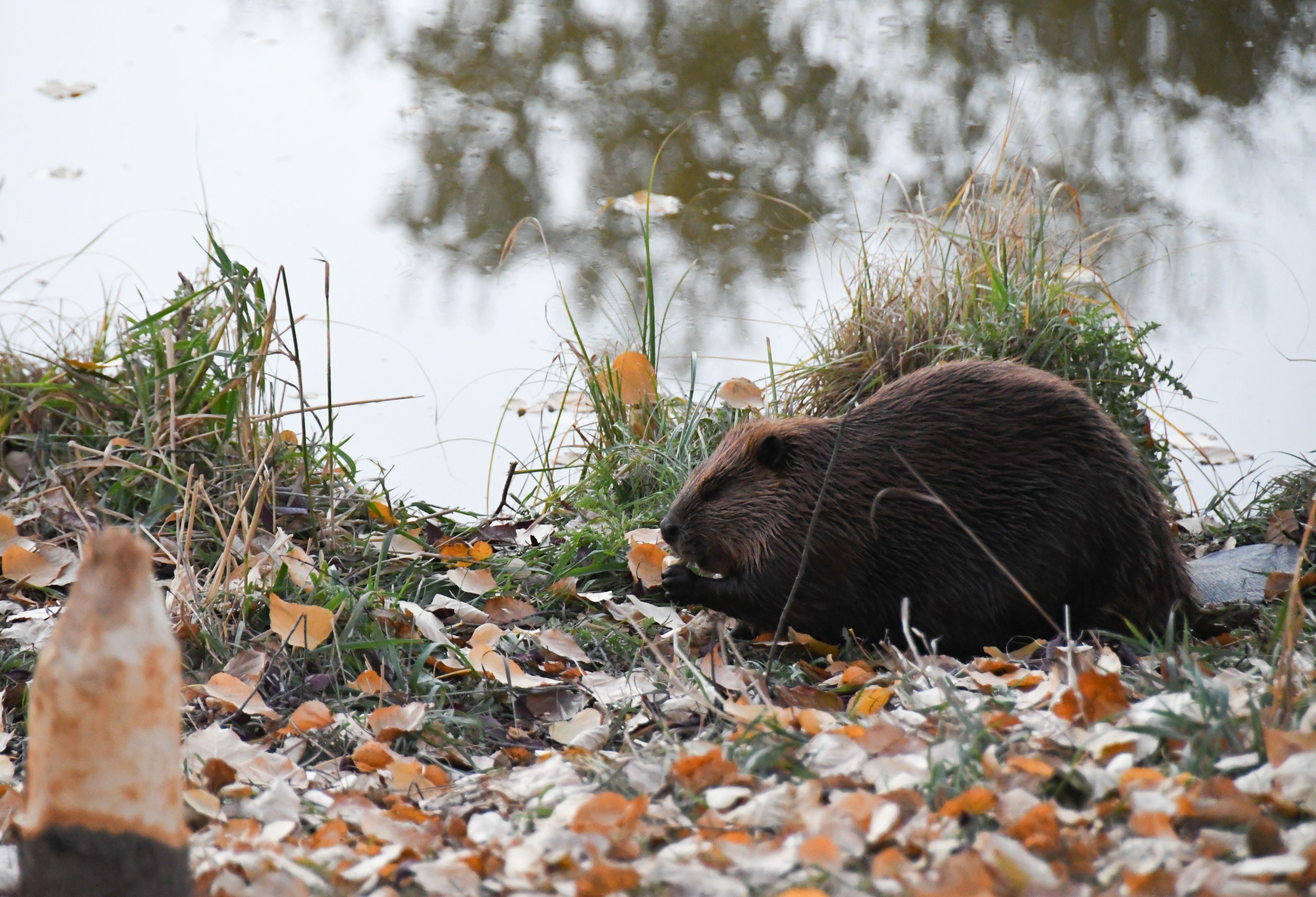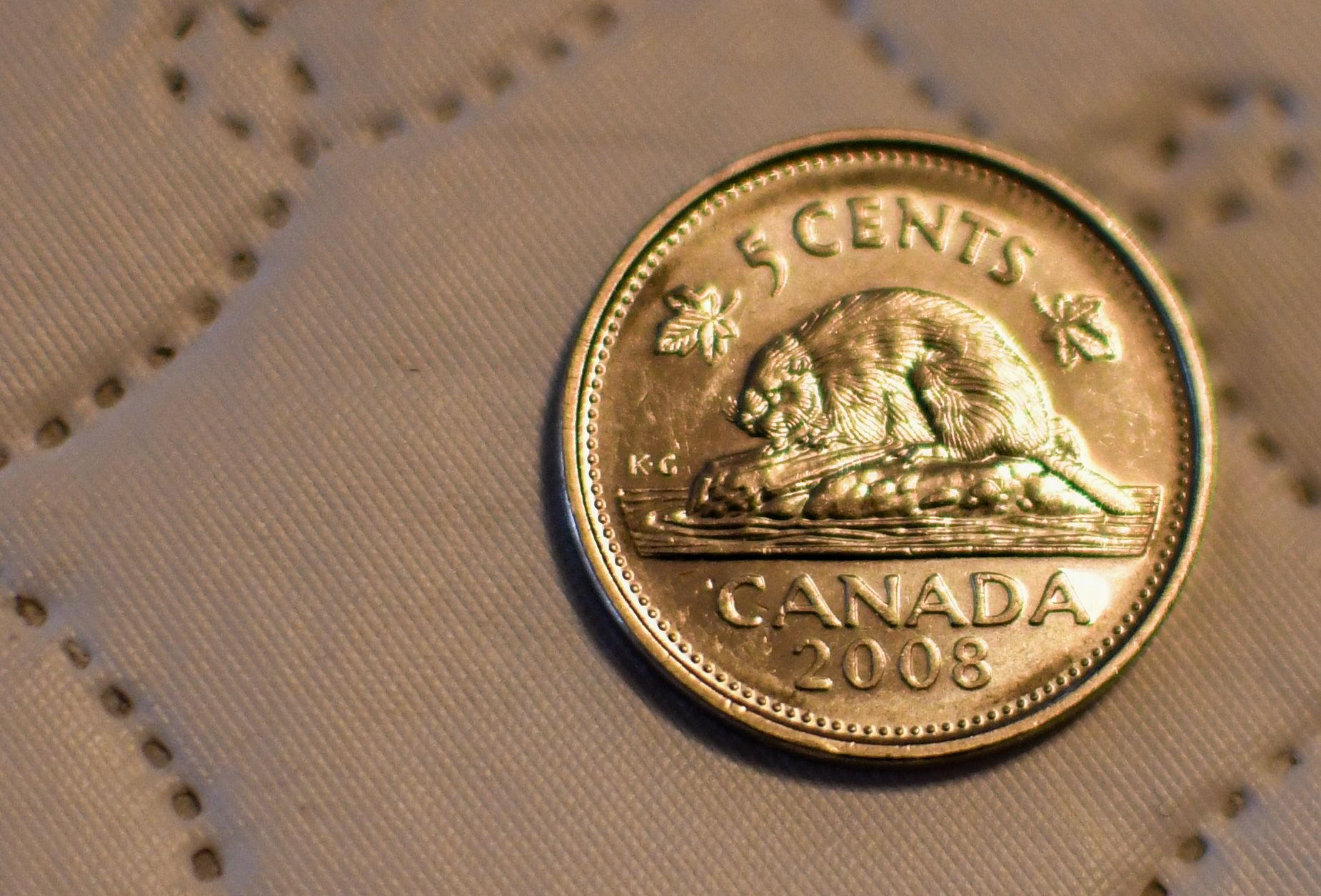The truth about Canada's icon

Many would be surprised to discover that the beaver, which adorns the face of every nickel, and was recognized as a Canadian emblem in 1975, is treated with no more respect than a common pest.
Although exalted as a national treasure, beavers are trapped for fur which is used in the fashion industry, or for convenience, when municipalities do not wish to implement appropriate management strategies.
Beavers across Canada have their homes dynamited, their neck’s snapped and their families shot at - all perfectly legal. There is not a single protection for beavers anywhere in Canadian law.
Beavers and the environment

‘God keep our land glorious and free,’ states the Canadian anthem whilst the national symbol, which works so hard to keep the landscape glorious, is so far from living a life of freedom.
“They create wetland systems, which are some of the most biodiverse systems that you can have,” said Dr. Glynnis Hood, an environmental scientist who completed her PhD by researching beaver ecology and management.
Beavers are a keystone species which means that their role in their environment is essential. Without a keystone species an environment cannot function properly.
Beavers create habitats and food resources for other living things, simply by residing in an area.
Waterfowl, aquatic invertebrates and some fish, amphibians and small mammals all benefit from the ecosystem the beaver creates, according to Dr. Hood’s research.
These rodents are also known as environmental engineers.
“They dramatically change the physical presentation of the landscape,” said Dr. Hood.
Through dam building, channel digging and cutting down trees, beavers adapt the area they enter to better suit a healthy wetland ecosystem.
“Beavers are important because they keep freshwater on the land. Freshwater sustains life, plant life, animal life and our life,” said Lesley Fox, executive director of The Fur-Bearers, an organization which strives to protect the furbearing animals of Canada.
“Beavers are important because they keep freshwater on the land. Freshwater sustains life, plant life, animal life and our life,”
Beavers also control water quality in wetland ecosystems by managing the flow of water and controlling sediments.
“Their ponds actually sequester carbon. And so, all of the dead matter and material that's held under the water, it acts as a bit of a carbon store, carbon sink,” said Fox.
Beavers and economics

A recent study by the Mammal Society, found that the environmental services rendered by beavers, would be equivalent to $175,000 USD (or $238,909 CAD) if they were carried out by humans.
Beyond their substantial contribution to the environment, it is also more economically beneficial for provincial and municipal governments to deal with beavers using humane management strategies.
“We did an assessment on what would normally be spent through traditional management approaches: dynamite, back hoes, removing dams, removing beavers, versus installing one of these pond leveling devices which are basically a pipe system that you put through the dam,” said Dr. Hood, of a beaver management study she’s already completed.
“You actually can save hundreds of thousands of dollars in just managing these problems sites.”
Over the course of the study the pond levelers proved to require little maintenance.
The presence of humane management solutions, such as pond levelers, enable wildlife to flourish while mitigating the risk of flooding in urban settings.
Other cost-effective solutions exist to lessen other concerns beavers can bring into urban settings.
Trees which a city would like to keep on the landscape, can be wired and anchored down. When wiring is done properly, beavers cannot reach the trees.
Relocating urban beavers is often not a viable option, as few appropriate wild locations exist which aren’t already inhabited by other beavers. As habitat depletion increases, more and more wildlife must seek refuge in urban areas.
Not only is it more cost effective to coexist with beavers, but it is better for the communities where they choose to live.
Beavers in the community

“When I walk along the creek in my community and I see beavers and all their habitat has to offer, which is the trees the shrubs and other wildlife, I know that I live in a healthy resilient watershed,” said Barb Kowalzik, an Airdrie citizen who lives alongside Nose Creek, where a beaver lodge is built.
“Wildlife has an intrinsic value, so in terms of the municipality they often look at it from a monetary standpoint, the financial value or drawbacks. But as a community member the value of the time I spend outdoors enjoying those beavers, the time my family spends, the comfort they bring when I get to spend time with them in nature and commune with nature, it’s completely invaluable.”
Kowalzik has a four-year-old son who she teaches about wildlife through the beavers who live close to their home. The educational value is incalculable, she says.
Wetland ecosystems provide aesthetic and recreational benefits to a community, says Dr. Hood.
“If you can use, let's say, non-lethal, or more cost-effective methods for controlling beavers. You will retain those ecological interface opportunities for humans in urban environments, and really help with mental health, with education.”
Beavers provide many benefits not only to ecosystems and the environment but also to people. A community with a beaver, is a community full of life.
